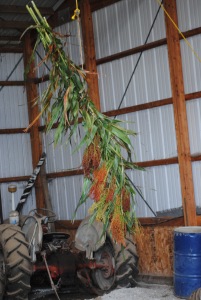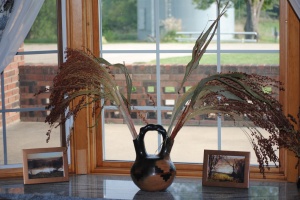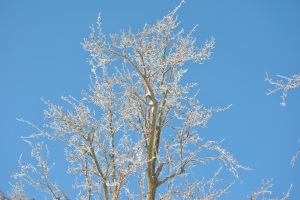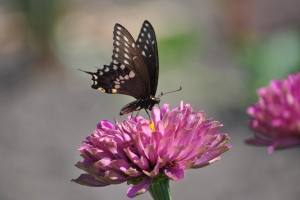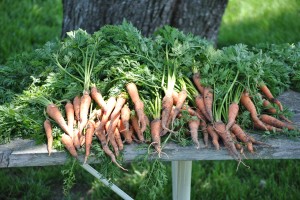What do you do when there is snow on the ground and the actual temperature outside is well below zero? If you’re a gardener, you huddle up with your favorite quilt and a pile of seed catalogs. Oh, and one more thing: last year’s garden journal.
It’s important to look at the past growing season and see what worked, what didn’t, and why not. For instance, my onions weren’t as productive as I had hoped, and our eggplant didn’t do anything at all. I know why: I crammed too many plants in my raised bed. This year, I MUST use restraint and remember that plants need room to grow. The onions and the eggplant were shaded by other plants and didn’t get the sun they needed.
I also had problems with our Indian corn that I’m not sure how I’m going to tackle next year. In the past, raccoons wiped out our sweet corn. Two years ago, I had success and fun growing broom corn. Last year, I thought Indian corn would be fun and safe to grow. I couldn’t believe how the raccoons began destroying it before it even set on ears. The entire crop was destroyed. Of course, I could use an electric fence around a corn patch, but I don’t want to spend the money. I plan to research this winter for some organic liquid deterrents.
I’m making a list of the vegetables we enjoy growing and eating as well as the gorgeous flowers that attract pollinators. Every year, I also like to grow something I’ve never tried before. I haven’t decided yet what it will be this year.
So, don’t let this frigid weather get you down. The dirt may be too frozen to dig in, but we can plan and be ready to plant when it thaws!









